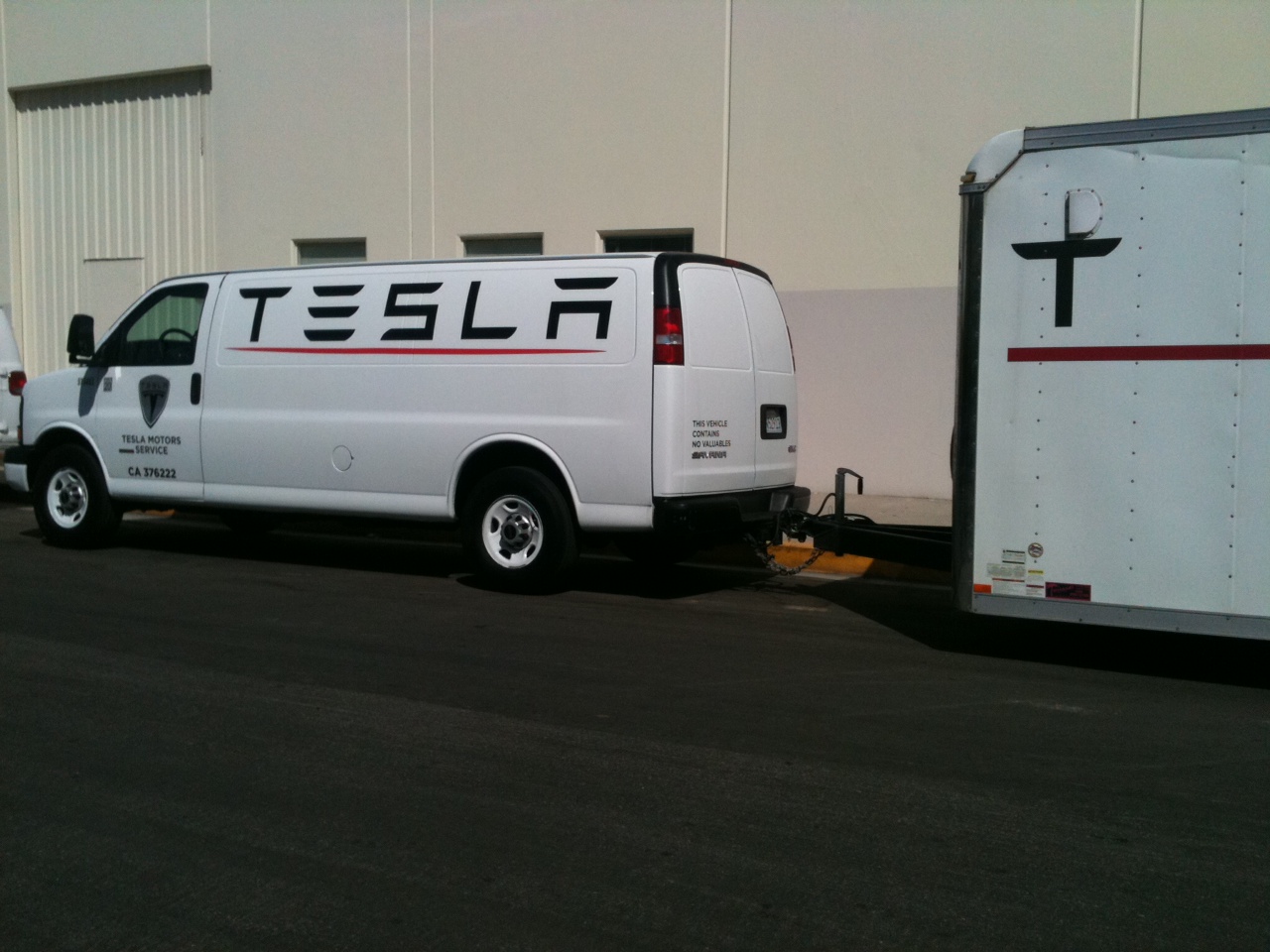Tesla was riding high in March when it raised $1.6 billion in a convertible bond sale to help fund its $5 billion Gigafactory designed to produce batteries for 500,000 electric cars per year. But with oil prices cut in half this year, Tesla’s stock is down 28% since September. Chairman Elon Musk says Tesla can survive low oil prices by selling batteries to utilities, but the lower fossil fuel prices are also hammering utility sales.
Tesla’s has been selling its Model S at about $100,000 versus the average price for a new U.S. vehicle at $32,086, because the Model S supposedly reduces CO2 greenhouse gases and gets huge mileage.
The Model S may have an electric motor, but three quarters of the electricity that a Tesla uses for charging its batteries comes from power plants that burn fossil fuels. The efficiency of loss from generating and delivering electricity and delivering to a Tesla owner’s home is about 20%. There is also another 20% loss in transferring electricity from a home socket into Tesla’s electric batteries (more if the electric car doesn’t move immediately). Yet according to Tom Murphy, Associate Professor of Physics at the University of California San Diego, the release of CO2 by Tesla’s Model S versus an average U.S. vehicle is the equivalent of about 28 miles per gallon. Given that the average American car for 2015 gets 32.6 miles per gallon, Tesla is already about 16% worse.
Tesla’s website states that the Model S gets the equivalent of 90 miles to the gallon. But Tesla’s calculations assume regular gas at $4 per gallon. According to AAA’s latest fuel gage report, the average cost of gasoline in the U.S. is $2.56 per gallon. That means the adjusted equivalent mileage for a Tesla Model S is now only 57.6 miles per gallon.
Despite this reversal in the economics of Tesla cars, Elon Musk claims that his Gigafactory batteries can defeat the laws of economics, because of state renewable mandates for electric utilities. California’s renewable mandates require utilities to convert 20% of their generation into renewables by 2010 and 33% by 2020. Qualifying renewables include solar thermal, wind, certain biomass, geothermal, certain hydroelectric, ocean wave, fuel cells, landfill gas, and municipal solid waste conversion.
Yet these standards assumed a world in which production of oil would peak in 2006-2008 and would surge to $150 a barrel as production fell. The U.S. fracking boom has drowned the world in surplus oil and the price is about $50 a barrel.
U.S. oil and natural gas proven reserves grew by almost 10% last year according to the Energy Information Administration (EIA). Oil reserves hit a 38-year high at 36.5 billion barrels, and natural gas reserves also increased by about 10 percent, setting a new record at 354 trillion cubic feet. Increased drilling and production using hydraulic fracturing and horizontal drilling technologies were largely the reason for these large gains in reserves. Since 2008, U.S. oil production increased by almost 50 percent and U.S. natural gas production increased by over 20 percent.
Musk says his Gigafactory can become an existential threat to the 100-year-old utility business model. With all his excess capacity from the loss of electric car sales, Tesla probably could build stationary battery packs to store excess electricity from residential rooftop solar panels from his company Solar-City, and from wind turbine farms.
But a recent Brookings Institute paper by economist Charles Frank comparing the benefits and costs of renewable energy found that carbon-free energy from solar and wind was much more inefficient, even if reduction in CO2 was valued at a very high $50 per metric ton (EPA estimates reduction value at $39 a ton). The main reason for the poor comparison is that wind turbines are about 25% efficient, and solar plants are about 15% efficient due to the amount of annual wind and sun available to generate energy.
Frank calculated that it would take four wind farms or seven solar generators to replace one coal-fired plant generating similar output. Solar and wind generation costs, after a CO2 reduction credit, would cost $189,000 more to replace 1 megawatt per year generated by coal. For residential consumers, electricity generated from wind costs 55% more and solar costs 187% more. Frank calculated that consumers would save a third on residential electricity costs if utilities replaced coal plants with natural gas fired plants.
Given that the crash in oil prices is hammering the economics that justified Tesla’s high priced electric cars, along with subsidized electricity generated from wind and solar power, Elon Musk had better find a new use for hundreds of thousands of battery packs a year if Tesla is going to survive its $5 billion investment in the Gigafactory.

COMMENTS
Please let us know if you're having issues with commenting.